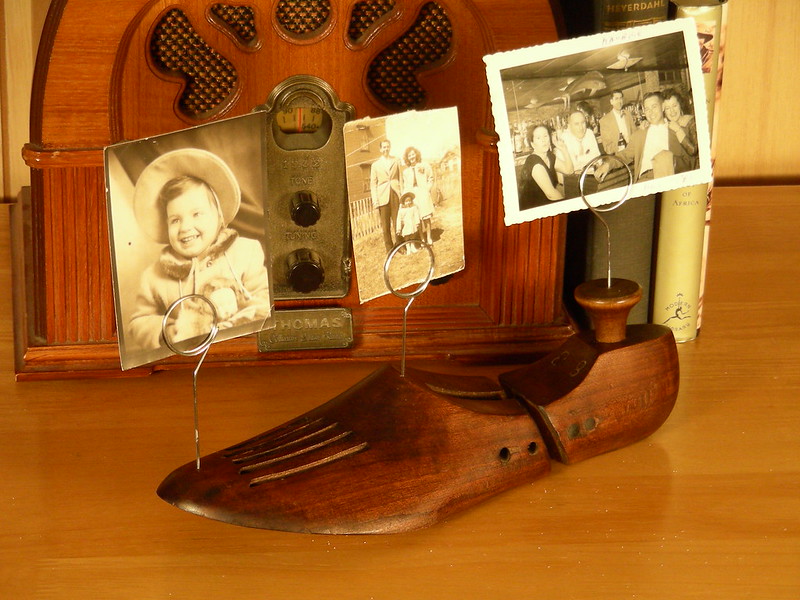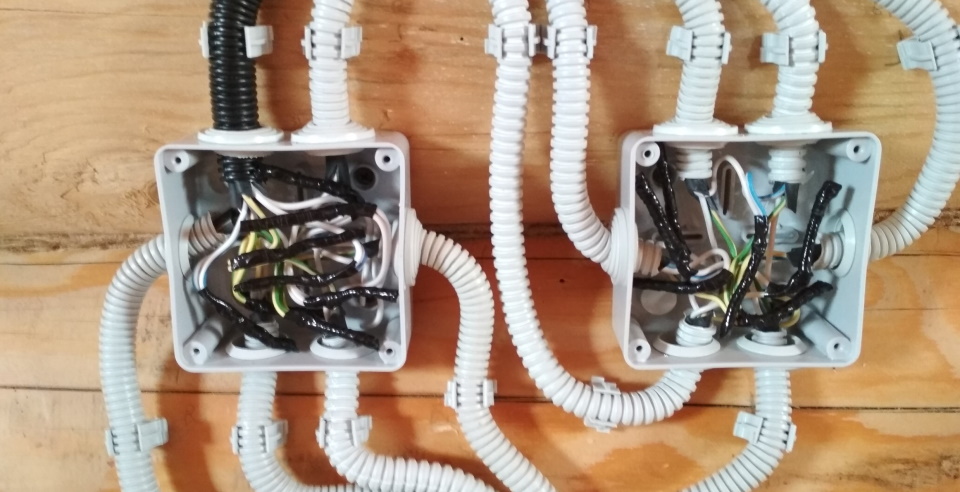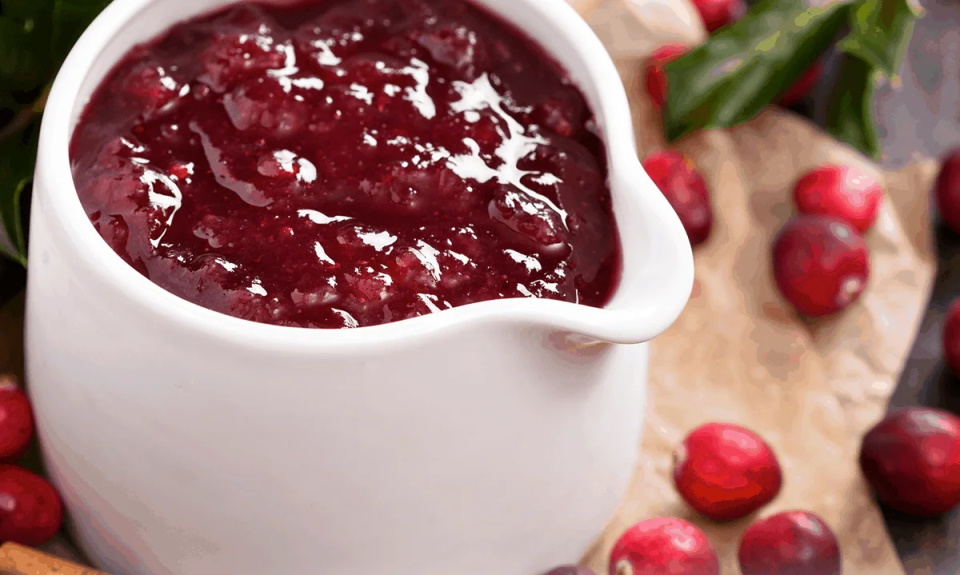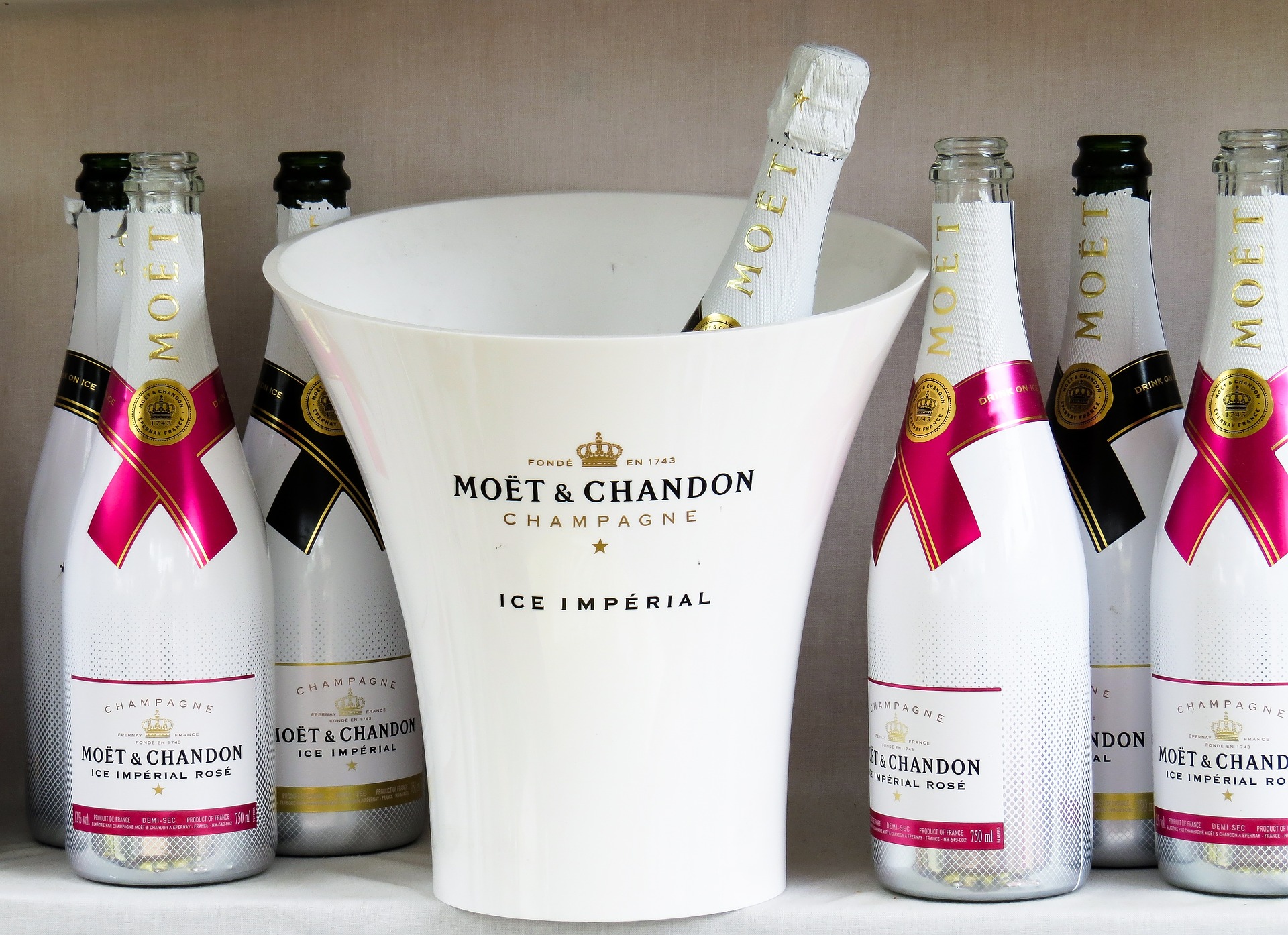From top to bottom: HTC Desire 12 and 12+ smartphones - advantages and disadvantages

For a long time, HTC has been producing exclusively flagship smartphones. However, difficult times can force a change in company policy. A sharp decline in revenues and the need to constantly keep the performance bar extremely high, coming up with new technical solutions for processors. In addition, constantly improve the camera, display and other characteristics. All this made them try their luck in the middle, although even closer to the budget, market segment.
In March 2018, they put two smartphones to the general public, which continued the Desire line, which seemed to have sunk into oblivion. HTC Desire 12 and its more positive counterpart HTC Desire 12+.
In this article, we will conduct a small study, analyze the strengths and weaknesses of these smartphones, and also find out whether the attempt to join the middle and budget class was successful or not. After all, it is not so easy to resist such giants as Huawei, ZTE or Xiaomi, let's see if HTC succeeded?
Content [Hide]
Equipment
Both phones are packaged in a stylish black box, typical for all HTC models. The contents of the boxes for both models are almost the same, so we will issue them in one list. So, the kit includes:
- Actually, the device itself;
- Documentation: User manual, warranty card, etc.;
- A clip for a tray for a SIM card;
- Charger: 1.5A/1A for HTC Desire 12+ and 12 respectively;
- USB - micro USB cable, the length of the cord is 100 cm;
- Headphones: regular earbuds that are of no interest. For playing audiobooks or listening to music, they will fit, but music lovers will obviously have to look for a better option.
Design
12
Its dimensions are:
- Width 70.8mm;
- Height 148.5mm;
- Thickness 8.2 mm.
The smartphone has a beautiful mirrored glossy cover made of plastic, which depicts the HTC logo, and on top is a camera with an LED that acts as a flashlight or flash. The rear panel sparkles in the sun. It will definitely attract people's eyes. As long as you don't smear it with your fingers, of course. This will happen quite quickly, because the oleophobic coating was “not delivered”. Although fingerprints won't be as visible on such a bright glossy finish, the phone should be wiped with a cloth from time to time.
The phone looks light, which confirms its weight of 137 grams. It is comfortable to hold in your hand, it looks stylish and solid, just like a flagship. However, we think it's too big.
The right side of the phone is occupied by volume up-down buttons, made in the form of a rocker, and an unlock button. Left - a tray for a SIM card for 3 cells.The good news is that the phone offers a solution for Dual sim, which also allows you to put a micro SD card. This is an important point, since the amount of internal memory is not particularly large.
On the bottom panel there is a 3.5 mm headphone jack, a multimedia speaker and a microphone. On the front of the smartphone is the speaker and front camera. There is no HTC logo on the bottom, which was a good decision, as its absence adds elegance to the device. As well as a large display with a diagonal of 5.5 inches.
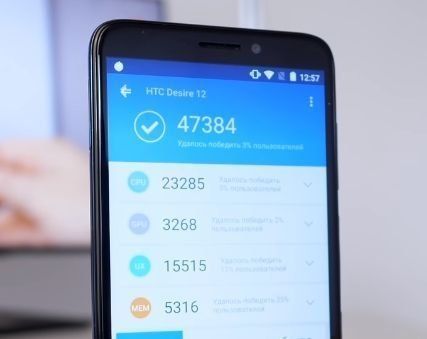
12+
Dimensions:
- Width 76.6mm;
- Height 158 mm;
- Thickness 8.4 mm.
The plus version has exactly the same attractive glossy back panel. On it at the top is a dual camera with a diode for flash. In the center, a little closer to the top, is a biometric sensor for unlocking at the touch of a finger. The smartphone itself has become larger than its younger brother, put on weight, but still comfortable.
On all four sides, the phone is absolutely no different from the model without a plus. Buttons, connectors and speakers are in the same places. The screen has become larger. Now its size is 6 inches diagonally.
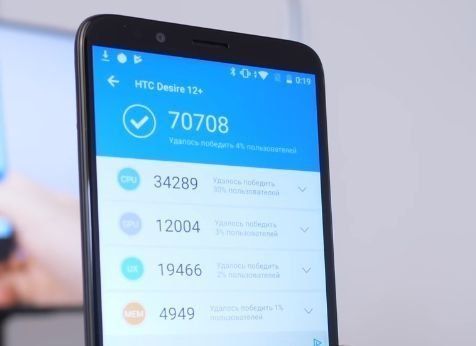
Display
Both models display the same structure. They differ only in size.
Their display resolution is 1440x720 pixels (HD +) based on an IPS matrix. The aspect ratio is 18:9, so the bezels around the edges of the display are almost invisible. The screen has good viewing angles, a high pixel density, which makes the fonts look even and smooth, the pictures lack even the slightest pixelation, which low-quality HD + displays sometimes suffer from.
We can only notice that the screen definitely lacks the brightness and saturation of the image. In 2018, users are already accustomed to the bright, juicy and contrasting picture that FullHD models based on the S-IPS matrix give out.But for HD + this screen looks good. The colors are soft and pleasing to the eye, good color reproduction.
In general, it would be unreasonable to demand even more from an IPS matrix with such a resolution.
Main characteristics
In the table we will show the comparative characteristics of both models. We will analyze them in detail below.
| Main characteristics | HTC Desire 12 | HTC Desire 12+ |
|---|---|---|
| Net: | GSM/GPRS/EDGE (850/900/1800/1900 MHz), WCDMA/HSPA (900/2100 MHz), LTE Cat.4 | GSM/GPRS/EDGE (850/900/1800/1900 MHz), WCDMA/HSPA (900/2100 MHz), LTE Cat.4 |
| Platform: | Android with Sense firmware | Android Oreo with Sense UI firmware |
| Display: | 5.5", 1440 x 720 pixels, IPS | 6", 1440 x 720 pixels, IPS |
| Camera: | 13 MP, dual LED flash, f/2.2, 1080p video recording | 13+2 MP, LED flash, bokeh, f/2.2, 1080p video recording |
| Front-camera: | 5 MP, f/2.4, HDR, 720p video recording | 8 MP, f/2.2, HDR, front flash, 1080p video recording |
| CPU: | 4 cores, up to 1.5 GHz, MediaTek MT6739 | 8 cores, up to 1.8 GHz, Qualcomm Snapdragon 450 |
| Graphics chip: | IMG PowerVR GE8100 | Adreno 506 |
| RAM: | 2/3 GB | 3 GB |
| Inner memory: | 16/32 GB | 32 GB |
| Memory card: | microSD up to 2 TB | microSD up to 2 TB |
| Navigation: | GPS and GLONASS | GPS and GLONASS |
| Operating system version: | Android 7.1 | Android 8.0 |
| WIFI: | WiFi (802.11a/b/g/n) | WiFi (802.11b/g/n) |
| Bluetooth: | 4.2 | 4.2 |
| Fingerprint Scanner: | Not | There is |
| Battery: | 2730 mAh | 2965 mAh |
| Dimensions: | 148.5 x 70.8 x 8.2 mm | 158.2 x 76.6 x 8.4mm |
| The weight: | 137 g | 157.5 g |
CPU
12
The version without a plus was created based on the MediaTek MT6739 processor, which we talked about in a review on ZTE Blade A530. This is a new solution for budget models, which on average shows about 40,000 points in AnTuTu tests. A fairly new Power VR graphics accelerator is also responsible for the graphics.
This device gives out 47,000 on AnTuTu. This will be enough to perform everyday tasks, such as checking mail or viewing content on social networks. networks or videos on youtube. But it will be problematic to play on it. It is not intended for active games at all. For example, World of Tanks will lag a lot on it and give a maximum of 10 FPS on minimum settings. Things are better with Injustice, you can count on at least 20 FPS, but it's still uncomfortable to play. Playing PUBG mobile is also problematic. The game sags heavily in FPS, so playing is very problematic even at the lowest settings.
In general, a budget solution for budget functionality is implemented here. Perhaps this is the best way to describe it. For games, his older brother is more suitable.
12+
In a more expensive model, the processor pleases much more. There is an 8-core Qualcomm Snapdragon 450 with a frequency of 1.8 GHz. It is considered the first 14nm chip designed for budget devices. The Adreno 506 graphics chip is responsible for the graphics in it.
According to the synthetic AnTuTu test, it scores 70,000 points, which is quite good. On this phone, you can already try to play. Thanks to a good graphics chip, it does a good job with toys. Taking the same WoT, Injustice and PUBG mobile for testing, you can see a clear progress compared to the younger brother of the new line.
- World of Tanks, to our incredible surprise, delivers 60 FPS on ultra settings. An unexpectedly good result from an average processor in terms of its parameters.
- Injustice 2 runs more than smoothly, without lags, giving good FPS in all moments of the game.
- PUBG mobile gives out 30 FPS at medium graphics settings. Small lags and jerks were noticed, but this can partly be attributed to ping. Can't play on ultra settings either.
As a result, we get that the processor of a more advanced version is head and shoulders above the chip of a cheaper device in the line. We consider this a pretty good reason to buy 12+.
Memory
Everything is pretty standard here. The 12th version without a plus has 2 models with different amounts of RAM and internal memory 2/16 and 3/32 GB, respectively.
12+ has only one model to choose from with 3 GB of RAM and 32 GB of built-in.
As you can see, the amount of internal memory in both smartphones is very small. If it wasn't for the 3rd micro SD cell, this could be a problem. And since you can insert a card into this cell for absolutely any amount of memory, the problem disappears by itself.
Camera
Their cameras are very different, so we will also consider them separately
12
The more budget version has a rear camera resolution of 13 megapixels with an aperture of f / 2.2. It allows you to take quite good photos, but it lacks sharpness and detail. But it reproduces colors well due to this, the photos are really beautiful, but of course at a discount on the cost.
But all the positive things that have been said about the camera apply only to daytime photos. When you try to take a picture in the dark, you can notice how much the sharpness and detail drops, and noise is also visible in the photos. Autofocus, which works with a bang during the day, also has problems at night. Nevertheless, for social networks this will be quite enough.
You can record video in 1080p resolution (Full HD) at 30 frames per second. Of course lower resolutions are available, such as HD and VGA. Which is pretty good for this price segment.
The front camera has a resolution of 5 MP with f / 2.4 aperture. Selfies are not bad, but again, compared to smartphones of a similar price range. Video from the front camera is written in 720p resolution.
Examples of how the camera takes pictures can be seen below.

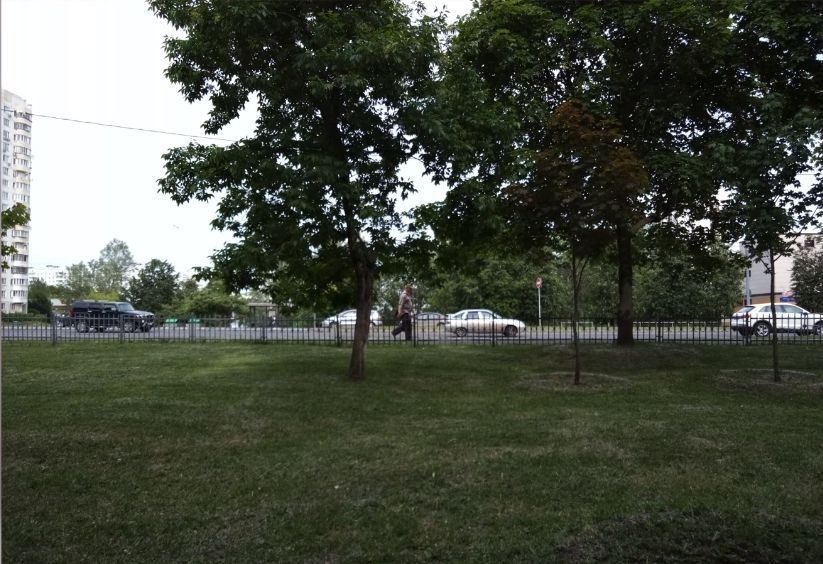
12+
It has a dual camera, one at 13 MP, the second at 2 MP, which traditionally serves to create an image blur effect. The quality of the photo is not too different from the cheaper model, except for the bokeh. Also, the 12+ camera feels better at night than the 12.
Similarly, you can shoot FullHD video at a frequency of 30 FPS
But the front camera of an expensive model is noticeably better. The 8MP sensor with f/2.2 aperture allows you to take great selfies that are not inferior to even more expensive models. In addition, it has an HDR mode. You can even shoot video in FullHD just like the main camera.
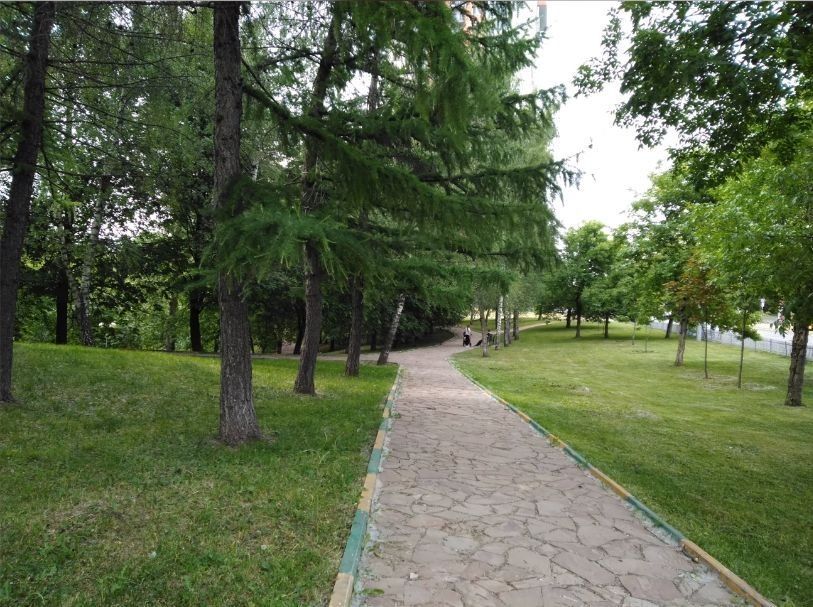
Battery
12
The battery capacity is 2730 mAh. Not too high figure, but it nevertheless allows the mobile phone to maintain autonomy throughout the day. However, no more. With active use of the screen at maximum brightness, it will last for about 5 hours. The display matrix, by the way, allows you to save energy well.
12+
The battery capacity is 2965 mAh. This source of energy will allow the phone to live without recharging for two whole days. Even with very active use, it should last at least a day.
All this despite the huge screen of 6 inches. Thanks to Snapdragon for such a long battery life. They are renowned for their energy efficiency.The IPS display matrix with HD + contributes to battery life. Not as bright as S-IPS FullHD panels, it consumes less power.
Operating system
12
The smartphone is built on the basis of Android 7.1. Even for 2018, this firmware is still relevant, despite the release of the eighth version. The firmware shows itself well, nothing lags, does not hang. In general, for budget smartphones, this version is enough.
12+
If for the previous model version 7.1 was enough according to the developers, then they decided to make a version with a plus based on android 8.0. Which is rare in this price range. Moreover, it is likely that update 9.0 will be available for this model.
Price
As can be seen from the price tags, Desire 12 can be safely called a budget device, but 12+ claims to be in the middle price segment.
12
Russia - 10,000-10,500 rubles;
Belarus - 400-410 rubles;
Kazakhstan - from 85,000 tenge.
12+
Russia - from 15,000 rubles;
Belarus - from 600 rubles;
Kazakhstan - from 110,000 tenge.
Advantages and disadvantages
12
- A three-slot cell for two SIM cards and a memory card, which you can put in any amount you want. This well compensates for the lack of own memory.
- General aesthetic performance. The phone looks nice and bright. The purple case looks especially good.
- Ergonomics and lightness. The excellent comfortable design of the phone allows it to lie well in the hand, and due to its low weight, it is almost not felt on weight.
- Low performance. Pretty weak processor for the price. Phones from Chinese companies with similar performance parameters are cheaper.
- Screen resolution.Maybe the HD screen allows you to save the battery, but it does not give such a beautiful picture that everyone is already used to, since the same ZTE put even the most budget FullHD displays on the most budget models.
- main camera. If the daytime shots are not bad, then the nighttime photos do not look so good. And in general, it does not live up to the standards of 2018 here.
- Weak front.
12+
- Dual camera that allows you to take pictures with a blur effect.
- Excellent design and ergonomics. Despite the fact that the mobile phone is larger and heavier than its counterpart from the line, however, it is also comfortable and beautiful.
- Battery. He has a fairly tenacious battery, providing him with high autonomy.
- CPU. Snapdragon is a good solution, providing both power saving and good performance.
- Low screen resolution. If the Desire 12 is forgivable for the lack of a FullHD display, then for the price that 12+ sells, this is almost a mandatory requirement. Although perhaps this was done again to save energy.
- Night shooting mode. Still insufficient good quality of night photos.
conclusions
Summing up, we can say that the line turned out to be average in all respects.
Desire 12 looks very nice and pleasing to the eye, holding it in your hand is also a pleasure. However, the big disadvantage is its low performance. Although the display is pleasing to the eye, with large viewing angles, it lacks brightness and color reproduction.
12+, with its excellent visual component and convenience, also has good performance for its price. Although his camera is not bad, with an application for semi-professional photographs, at night it loses many of its advantages. The screen is also not too good for the middle class.But this is offset by long work without recharging.
In conclusion, we can say that HTC Desire 12 in the market of budget devices is inferior to its competitors in terms of a number of parameters.
But Desire 12+ conveniently settled at the bottom of the middle price segment. Many of its shortcomings are offset by a decent price, and this model can be considered as an option when buying a phone.
new entries
Categories
Useful
Popular Articles
-

Top ranking of the best and cheapest scooters up to 50cc in 2025
Views: 131650 -

Rating of the best soundproofing materials for an apartment in 2025
Views: 127689 -

Rating of cheap analogues of expensive medicines for flu and colds for 2025
Views: 124518 -

The best men's sneakers in 2025
Views: 124031 -

The Best Complex Vitamins in 2025
Views: 121938 -

Top ranking of the best smartwatches 2025 - price-quality ratio
Views: 114979 -

The best paint for gray hair - top rating 2025
Views: 113394 -

Ranking of the best wood paints for interior work in 2025
Views: 110318 -

Rating of the best spinning reels in 2025
Views: 105328 -

Ranking of the best sex dolls for men for 2025
Views: 104365 -

Ranking of the best action cameras from China in 2025
Views: 102215 -

The most effective calcium preparations for adults and children in 2025
Views: 102011
